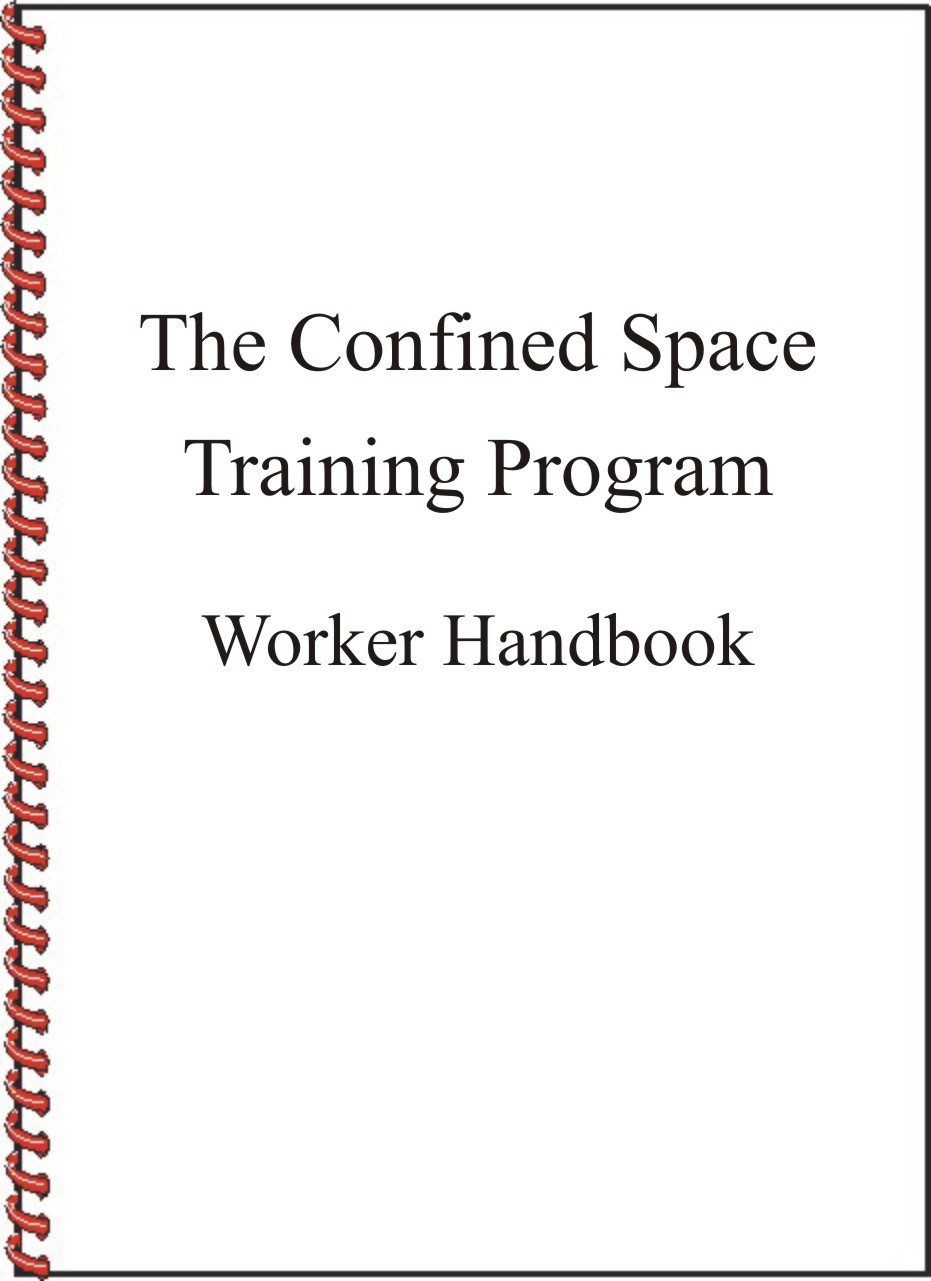|
|
The Confined Space Training Program Confined spaces are special types of work environments where hazardous conditions can produce considerably greater harm than occurs in normal workspaces. Accidents that occur in confined spaces are rare events. They are difficult to predict and extremely expensive to prevent. Hazardous conditions generally result from confinement of the atmosphere, confinement of energy sources and the confinement of personnel. Hazardous conditions result from the space itself and from work activity. The reason that accidents that happen in confined spaces are more severe is the boundary surface. The boundary surface is the boundary that outlines the confined space. Depending on the space, the boundary surface can be a wall of steel, but need be only a thin sheet of plastic, a chain link fence, or nothing more than an imaginary envelope defined by the moving parts of an unguarded machine. The Confined Space Training Program is a companion to Safety and Health in Confined Spaces. The Confined Space Training Program builds on concepts developed in The HazCom Training Program and The WHMIS Training Program, and uses the same approach: lots of pictures. Together, they form a coherent, integrated system for hazard communication. The Confined Space Training Program instructs about hazardous conditions occurring in confined spaces, hazard assessment and hazard management, use and limitations of testing instruments and personal protective equipment, ventilation techniques, roles of participants, and regulatory requirements. An added bonus is that The Confined Space Training Program is completely self-contained. That is, an employer can do the training in-house without future expense. The Confined Space Training Program includes the hardcover Confined Space Reference Manual, and a CD-ROM containing the fully illustrated Worker Handbook, a slide presentation, and forms. All material on the CD-ROM is printable. The Confined Space Reference Manual explains requirements for training and education, and provides a comprehensive strategy for implementing and complying with them. An important component of this strategy is training itself, since this involves issues of illiteracy, and differences in age, gender, education, and cultural background. Included are answered questions that focus on practical aspects of work involving confined spaces. The Worker Handbook contains more than 100 diagrams that provide simple, but technically correct explanations of concepts involved with confined spaces. The Worker Handbook is suitable for use in classroom sessions guided by an instructor, as well as self-study. The Worker Handbook contains a test for checking mastery of the information. |


